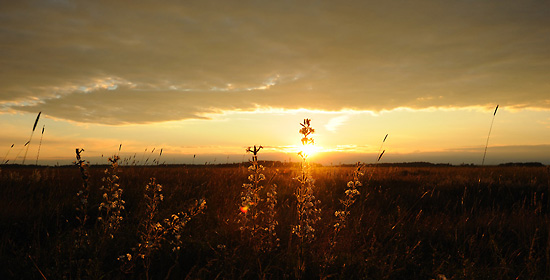Hortobagy is a large Hungarian National Park which lies in the Pannonian Steppe. The Pannonian Steppe is the typical kind of steppe found in Central Eastern Europe. It stretches out from Neusiedler See in Austria, over the Hungarian Plains, Romania and Ukraine. Hortobagy National Park lies in East Hungary and contains the three types of steppe: the alkaline puszta, the loess puszta and the marshy puszta.

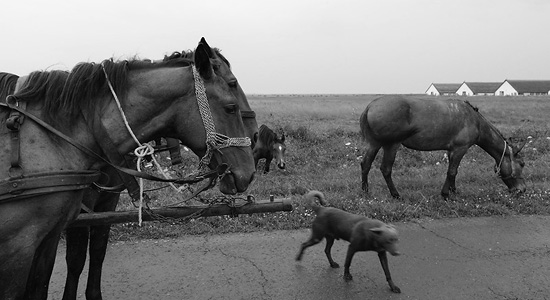
All types of steppe are, on the contrary of what one might think about a desolate arid landscape, particularly rich in birds. In the dry steppe and the transition zones to the marshy steppe, avian densities are often spectacular. Around the big farms within the park and in the slightly fertilized grasslands, food sources for birds like big insects, amphibians, reptiles and rodents are abundant. Same goes for the natural and more intact pustza grasslands, where there is only very extensive grazing with the Racka sheep or the Hungarian Grey Longhorn cattle. Once large herds of the Tarpan and the Wild Ass roamed the Hungarian steppes, but they have since long gone and were later replaced by the above mentioned domestic cattle species.
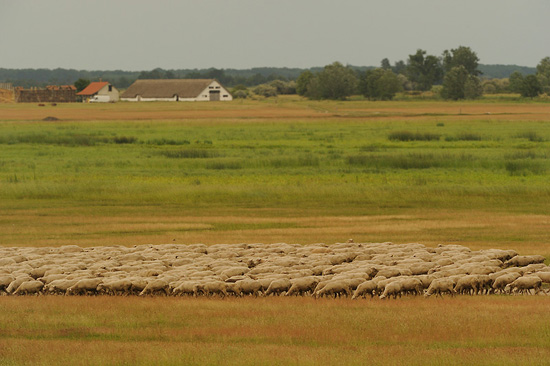
Here are some images of the typical steppe grasslands.

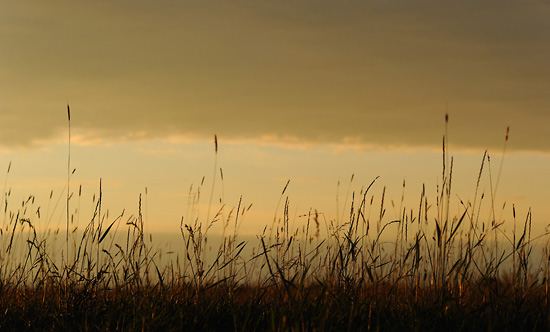
I visited the park twice: the first week of june 2013, and in the end of july 2010. On both occasions I was struck by the omnipresence of the birds in high densities everywhere. In the open and dry grasslands, there are everywhere skylarks, pipits, wagtails and starlings. Around the farms and linear elements such as tree rows, House and Tree sparrows, Starlings and Rooks are very common.
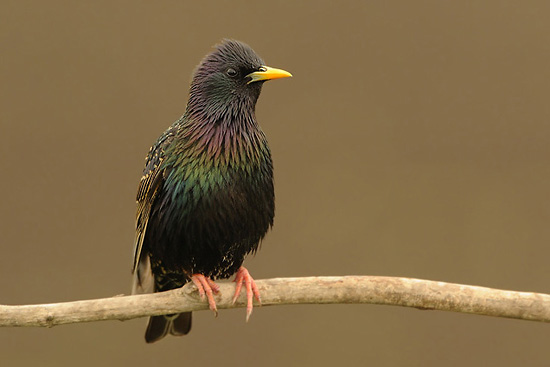

In these same areas, less frequent species such as Barred Warbler, Lesser Grey Shrike, Bee-eaters, Hoopoes and Rollers are found.
Under here, the Lesser Grey Shrike.

Under here the holy trinity of the colourful steppe birds: Hoopoe, Bee-eater and Roller.
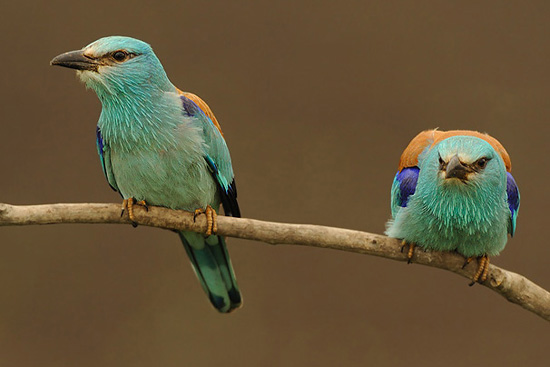
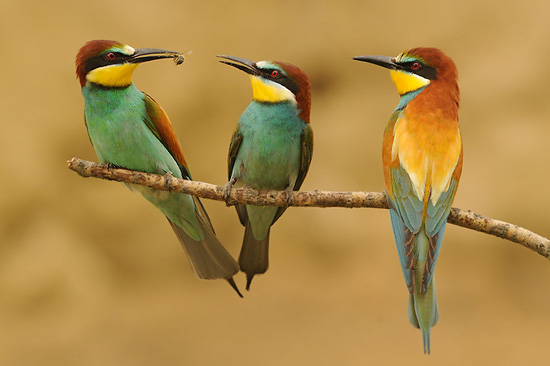

Everywhere when one looks around, birds of prey are soaring or hunting. I never saw any place where Marsh Harrier is as common as in Hortobagy.
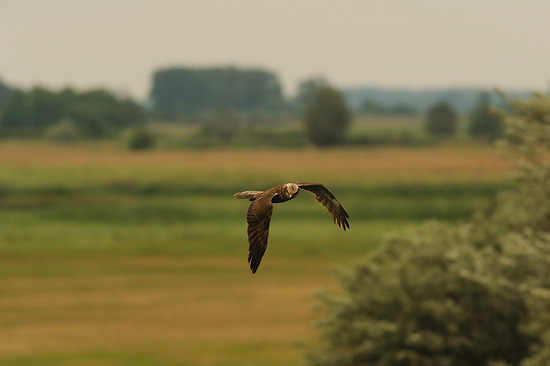
Under here images of a male and female Red-footed Flacon. This species is a colony breerde and often uses old nests of Rooks or half-open nest-boxes. Common Kestrel is also a frequent species in the Steppe.


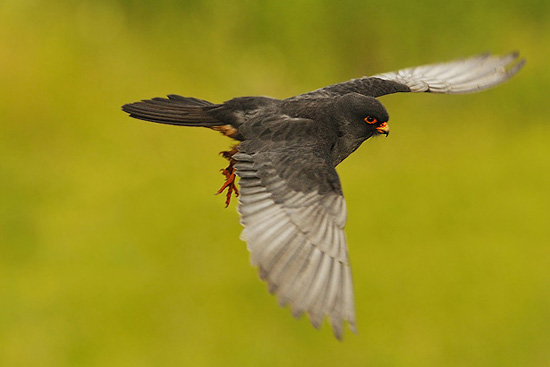
Finally, an image of the dry steppe during a beautiful evening.
